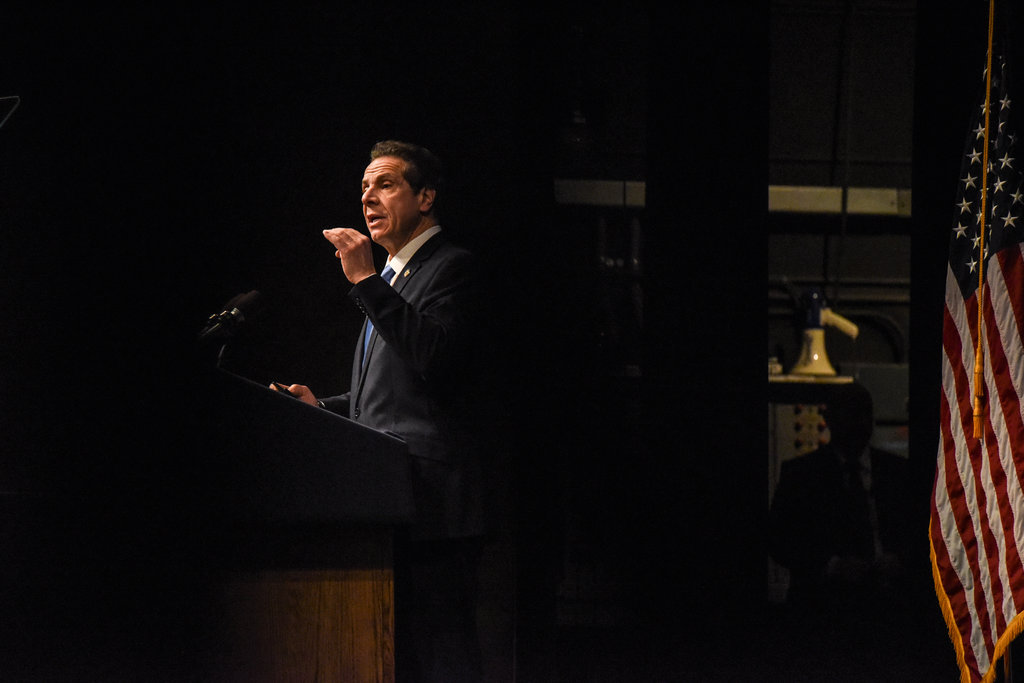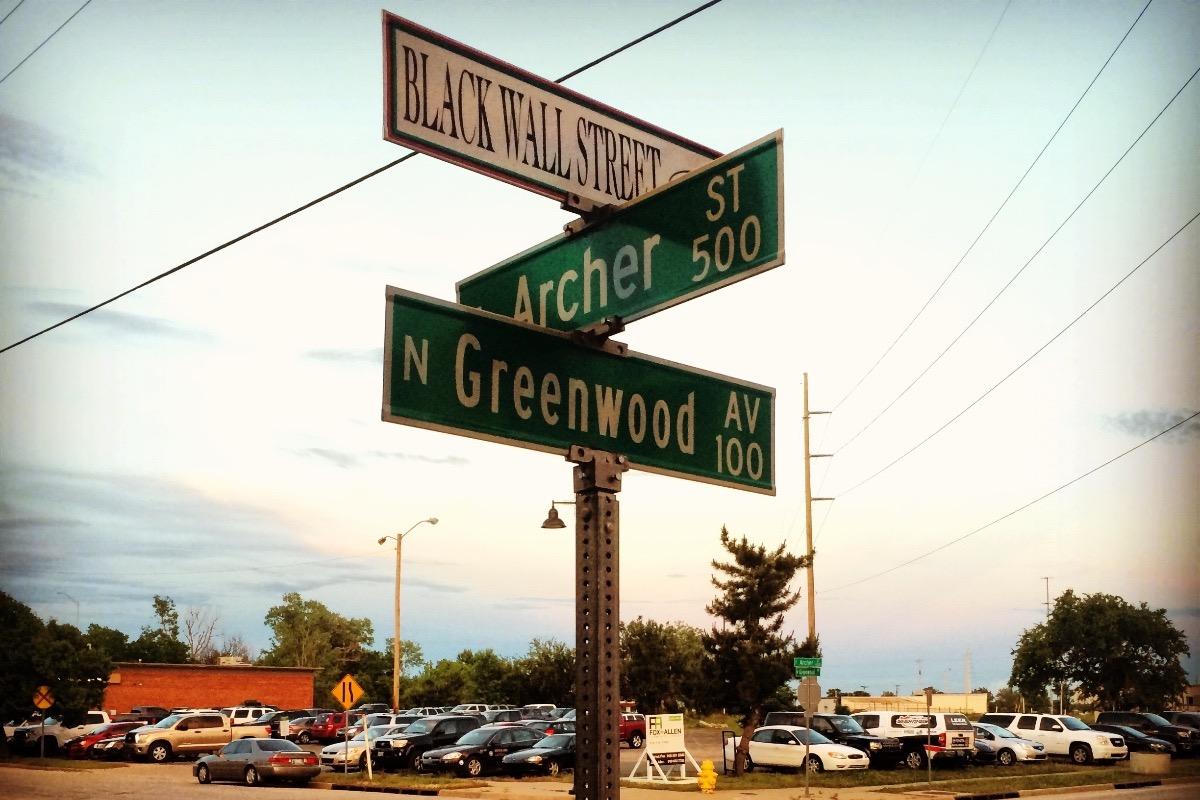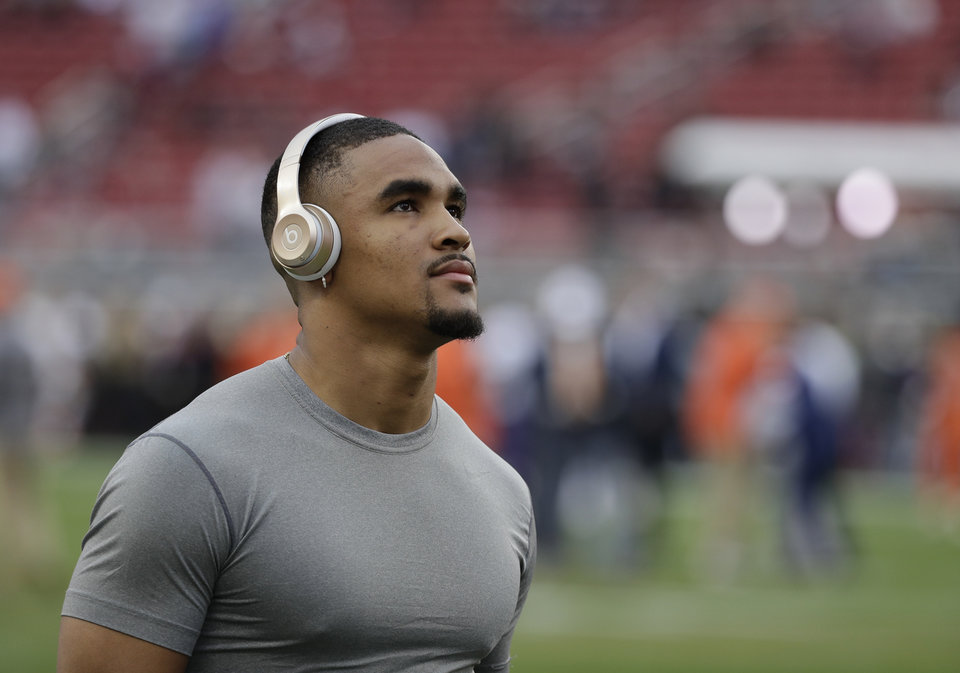
By Vivian Wang and Jesse McKinley
With a Democrat-controlled State Legislature and the bold promises of an election year behind him, Gov. Andrew M. Cuomo on Tuesday laid out a sweeping agenda for the coming year, including legalizing marijuana, establishing congestion pricing in New York City and embracing a popular environmental platform known as the Green New Deal.
Mr. Cuomo, a Democrat, won a third term in November by running on an aggressively progressive platform that promised to make New York a leader among liberal states. And his new agenda, which he unveiled in his ninth State of the State address, seemed crafted with other Democrat-dominated states in mind.
By mandating that the state rely completely on carbon-free electricity by 2040, New York would outpace a similar proposal in California that calls for such action by 2045.
If the state succeeds in legalizing marijuana within 100 days, it could grab attention and revenue from New Jersey, which is looking to do the same. And if the state enacts the governor’s plan to ban single-use plastic shopping bags, it would be the second in the nation, after California.
“We know the future,” Mr. Cuomo said. “Let New York lead.”
[Where are New York and Gov. Cuomo headed? For some key takeaways from his speech, read here.]
Much of the governor’s plan would require legislative approval. But unlike in years past, when some of his efforts were thwarted by a Republican-led State Senate, the governor is now operating with the first Democratic monopoly in the State Legislature in his eight years in office.
Indeed, even before Mr. Cuomo delivered his State of the State speech, the Legislature had in its first three days passed a suite of voting and election reforms; banned conversion therapy for gay minors; and expanded legal protections for transgender people.
The governor also used the speech to unveil his budget proposal for the new fiscal year, which begins on April 1. The governor anticipated the state spending $175 billion next year.
The largest expenditure would, as always, go to education spending, which would increase by $1 billion over the current year to $27.7 billion. Mr. Cuomo also proposed legislation requiring school districts to concentrate state aid in their highest-need schools, using a method modeled on the state’s formulas for funding poorer districts.
One of the most closely watched parts of the governor’s speech was his plan to legalize recreational marijuana, a proposal that has taken on increased urgency as popular support has crescendoed.
Mr. Cuomo offered scant details, but he indicated that New York’s law would likely be more restrictive than in other states that have legalized recreational marijuana.
The drug would be available to adults 21 and older and subject to local veto, with counties and large cities able to opt out. Mr. Cuomo estimated that legalization would bring in $300 million each year in tax revenue by the time it was fully implemented. But that would not be until 2023, according to Mr. Cuomo’s budget director, Robert Mujica.
The initial rollout would bring in much less revenue, projections show: Budget documents included no revenue from marijuana regulation and taxation for the 2020 fiscal year, and $83 million for 2021.
Mr. Cuomo also provided little detail about how the state would spend that revenue — a topic that has inspired intense speculation, with proposals ranging from subway repairs to criminal justice rehabilitation to tax relief. In budget documents, the governor’s description of possible uses was just as far-flung, including beneficiaries such as small business development, substance abuse treatment and “any other identified purpose recommended” by a new cannabis office.
Mr. Cuomo also said that the state would seal certain cannabis-related criminal records, though he did not specify which ones. Several legislators and advocacy groups have demanded a social justice component to any legalization bill.
The embrace of marijuana marks a fast evolution in Mr. Cuomo’s thinking: Less than two years ago, he called it a “gateway drug.” But the political landscape has been upended since then, both in Albany — where a group of young insurgents helped take back the State Senate for Democrats — and the nation, where the Trump administration continues to act as both foil and punching bag for Mr. Cuomo.
Some of those insurgents were already pushing back on Mr. Cuomo’s speech before it had ended — a sign that an all-Democratic Legislature may not guarantee easy passage for Mr. Cuomo’s priorities.
Senator Julia Salazar, a Democrat from Brooklyn, called Mr. Cuomo’s opt-out provision on legalization of marijuana “unacceptable” to the communities that had been harmed by its criminalization. Other lawmakers accused Mr. Cuomo of being stingy with school funding.
A marijuana legalization proposal that allows counties & large cities to “opt-out” of the regulations that would empower directly impacted communities is unacceptable.
New Yorkers have been enormously harmed by criminalization. Alleviating that harm must be our top priority.
Mr. Cuomo also drew a chilly response from Mayor Bill de Blasio, who attended the speech, for his proposal to make New York City pay for half of needed repairs to its unraveling subway system.
“Everyone knows, on the M.T.A., that I think we need a long-term funding situation. It’s not something that can be paid for out of the city budget,” Mr. de Blasio said, adding, “I was not applauding. I just disagree with the concept.”
The 50-50 funding solution was just part of Mr. Cuomo’s proposal for funding the system; the other was his revived proposal for a congestion pricing plan, which would charge drivers who enter areas of Manhattan during the busiest times of day.
The plan would bring in $15 billion over 10 years, Mr. Cuomo said — a figure that would amount to just a fraction of the amount the Metropolitan Transportation Authority has said it needs for its next capital plan.
This falls in line with what we anticipated. Experts say congestion pricing could raise between $12 billion and $25 billion.
But the MTA says it needs as much as $60 billion for its next capital plan.https://twitter.com/jessemckinley/status/1085205655420579841 …Jesse McKinley
✔@jessemckinley
NEWS-ish: @NYGovCuomo says that his congestion pricing plan will raise $15 billion. But Gov won’t say over how many years, saying we’ll have to wait for his 2 pm budget presentation
Congestion pricing won support last year from labor groups, business interests and activists, but foundered under objections from legislators from outside Manhattan. There is no guarantee that the plan would win more support this year, as many of the legislators last year who opposed it have reaffirmed their doubts.
Mr. Cuomo also promised to establish clear authority for the subway system’s oversight, which is currently divided between the state and the city. The governor has repeatedly denied responsibility for the system’s deterioration, even though the state largely controls the M.T.A. board.
“Everybody can point fingers, but nobody has responsibility and nobody has authority,” he said. “That is the fundamental problem with the M.T.A.”
He did not say, however, who exactly would take on that clarified authority.
The state also plans to push to legalize sports betting at its four casinos, hoping to pump life into several underperforming betting halls that were legalized in 2014. Sports betting would not be allowed at the state’s so-called racinos, such as Aqueduct or Yonkers.
On top of the legislative wrangling that will ensue in the coming months, the governor’s budget proposal comes amid worries about the national economy and some troubling signs in New York. The governor’s budget office noted that personal income tax collections had been weaker than expected in recent weeks, which it said could be attributed to volatility in the stock market.
Andrew Rein, president of the Citizens Budget Commission, a nonpartisan budget watchdog, said Mr. Cuomo’s plan did not seem to provide enough rainy day funds for any looming recession.
“He has some real spending initiatives here, and what are we doing about reserves for the future?” Mr. Rein said. “Because we still are in good times.”
The governor, who has cut taxes on the middle class and corporations in years before, outlined a series of “revenue actions” to fill the state’s coffers, including several that had previously languished in the Republican-led Senate. They included a longstanding idea to require so-called “marketplace providers” like Amazon to collect sales tax, and another to close the so-called carried interest loophole, which allows hedge fund managers and real estate investors to pay a lower tax rate on their investment income.
Mr. Cuomo described the year as a fleeting political opportunity to deliver on long-awaited promises. “We have a moment in time to change the state,” he said.
Follow Vivian Wang and Jesse McKinley on Twitter: @vwang3 and @jessemckinley












